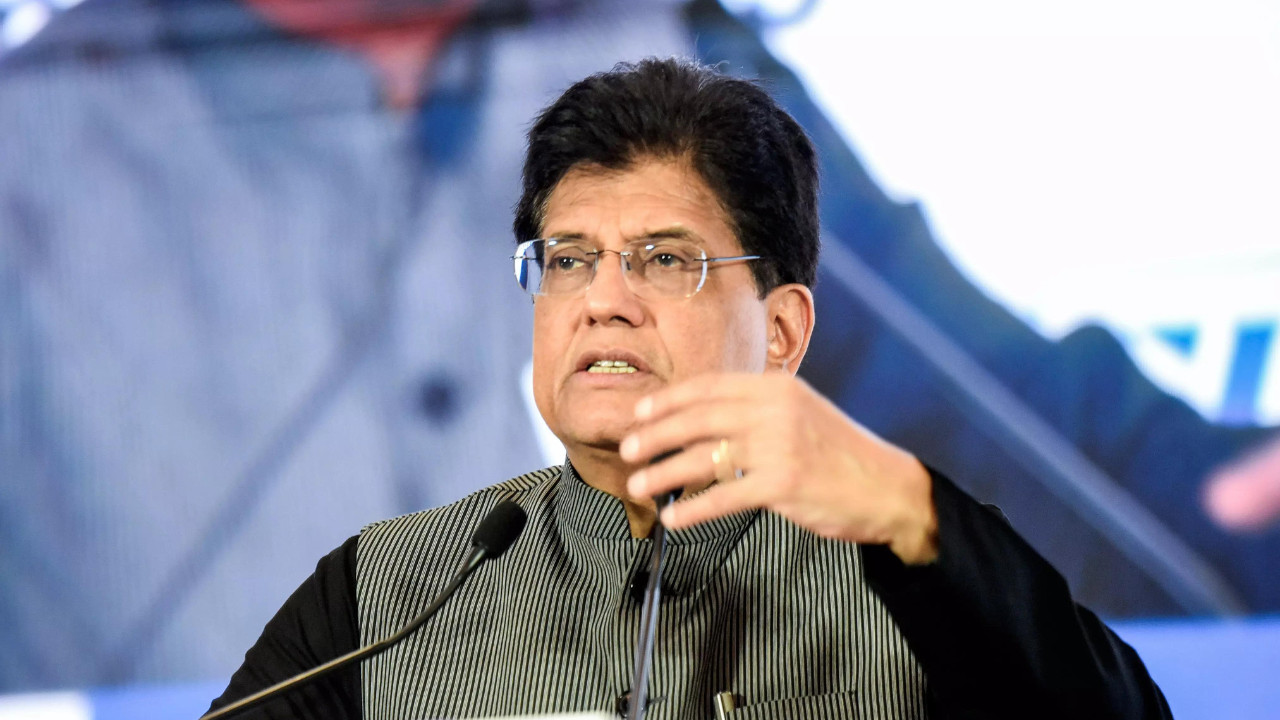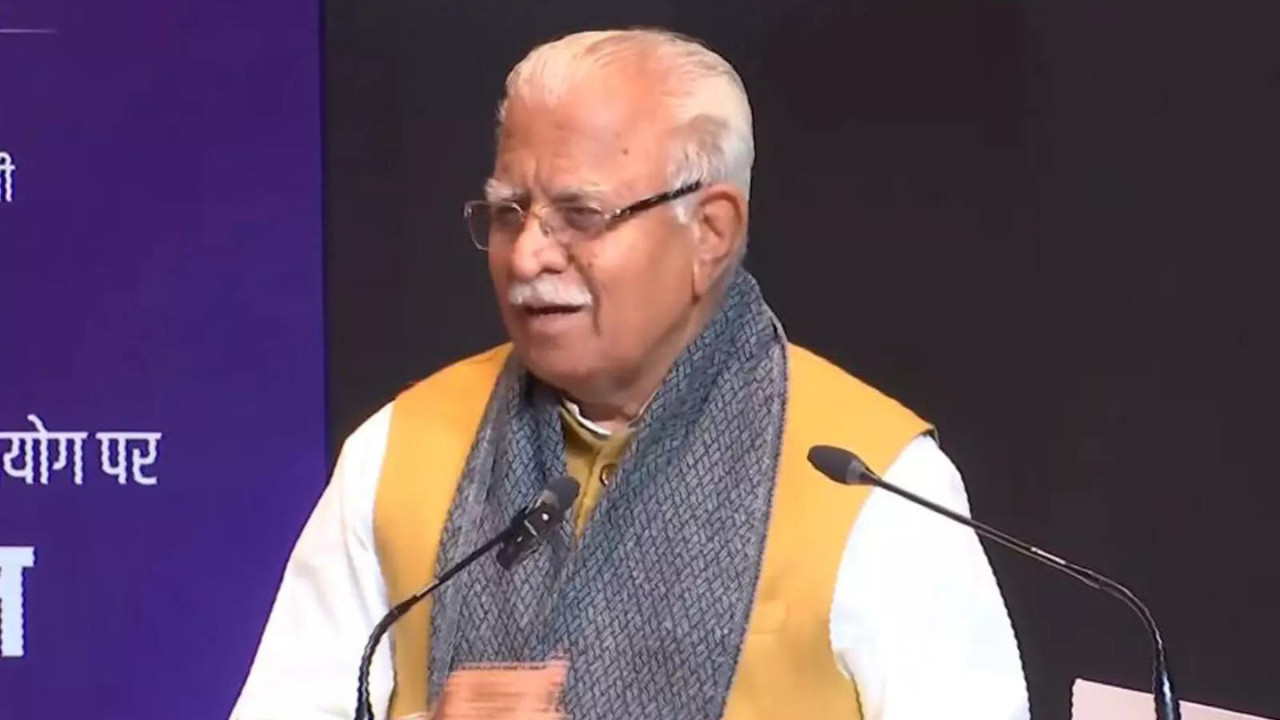India’s F&O market experienced a significant downturn last week, with trading volumes plummeting nearly 20% following SEBI’s ban on Jane Street for alleged market manipulation. This absence has led to reduced market liquidity and efficiency, impacting stock exchanges’ earnings.
Ripple Effect: How the Jane Street Ban is Shaking Up Indian Markets
The Indian stock market felt a jolt recently, a tremor originating from the regulatory action against Jane Street, a prominent global trading firm. The Securities and Exchange Board of India (SEBI) has barred the firm from trading in the Indian markets due to alleged violations related to its Foreign Portfolio Investor (FPI) status. The immediate consequence? A noticeable dip in trading volumes, impacting both the Bombay Stock Exchange (BSE) and the National Stock Exchange (NSE). But the story is far more nuanced than just numbers on a screen.
The headlines tell a tale of immediate impact: a near 20% plunge in Future & Options (F&O) trade volumes. However, to truly understand the significance of this development, we need to delve into the role Jane Street plays in the Indian financial ecosystem. They aren’t just another player; they are a market maker, a key liquidity provider who injects crucial depth and efficiency into the trading landscape.
Unpacking the SEBI Ruling and its Implications for F&O Trading
SEBI’s decision to sideline Jane Street stems from concerns about the firm’s classification as a Foreign Portfolio Investor. The specifics of the alleged violations remain tightly under wraps, but the implications are already becoming clear. FPI regulations are designed to ensure transparency and accountability, preventing potential market manipulation and maintaining a level playing field for all participants. When a firm the size of Jane Street is flagged, it raises questions about compliance standards and the overall robustness of regulatory oversight.
The F&O segment, in particular, has experienced the most significant impact. This isn’t surprising. Market makers like Jane Street thrive on high-frequency trading, providing constant buy and sell orders that narrow the bid-ask spread and facilitate smoother price discovery. With their absence, the market becomes less liquid, leading to wider spreads and potentially increased volatility. Think of it like removing a vital cog from a well-oiled machine; the system still functions, but with noticeable strain and reduced efficiency.

BSE and NSE Feel the Pinch
The ripple effects of the SEBI ruling extend beyond just trading volumes. Shares of both the BSE and NSE have also taken a hit, reflecting investor anxiety about the long-term implications of Jane Street’s exclusion. The health of these exchanges is inextricably linked to the overall health and vibrancy of the Indian market. Reduced trading activity directly impacts their revenue streams, and the perception of regulatory instability can deter both domestic and international investment.
This is not to say that the Indian market is on the verge of collapse. Far from it. The underlying fundamentals of the Indian economy remain strong, and the market has consistently demonstrated its resilience in the face of adversity. However, the Jane Street situation serves as a timely reminder of the importance of maintaining a robust and transparent regulatory framework.
What Does the Future Hold for High-Frequency Trading in India?
The big question now is: what happens next? Will other market makers step in to fill the void left by Jane Street? Will SEBI’s actions deter other high-frequency trading firms from operating in India? The answers to these questions will determine the long-term impact of this regulatory intervention.
One possibility is that other players will see this as an opportunity to expand their market share. However, establishing a presence in the Indian market requires significant investment in infrastructure, technology, and expertise. It’s not a simple matter of flipping a switch and instantly replicating Jane Street’s operations.
Another possibility is that the SEBI ruling will prompt a broader review of FPI regulations and the role of high-frequency trading in the Indian market. This could lead to stricter compliance requirements, increased scrutiny of trading algorithms, and potentially even limitations on certain types of trading strategies. Such a move would certainly impact [other trading firms operating in the Indian market](internal-link-to-related-content).
Navigating a Changing Landscape
The Indian stock market is dynamic, constantly evolving in response to regulatory changes, technological advancements, and global economic trends. The Jane Street situation is just the latest chapter in this ongoing saga. While the immediate impact has been negative, it also presents an opportunity for the Indian market to strengthen its regulatory framework, enhance transparency, and foster a more sustainable and resilient trading ecosystem. The long-term outcome will depend on how effectively the government, regulators, and market participants navigate this challenging period. Ultimately, ensuring fairness, transparency, and stability should be the guiding principles for future development.







